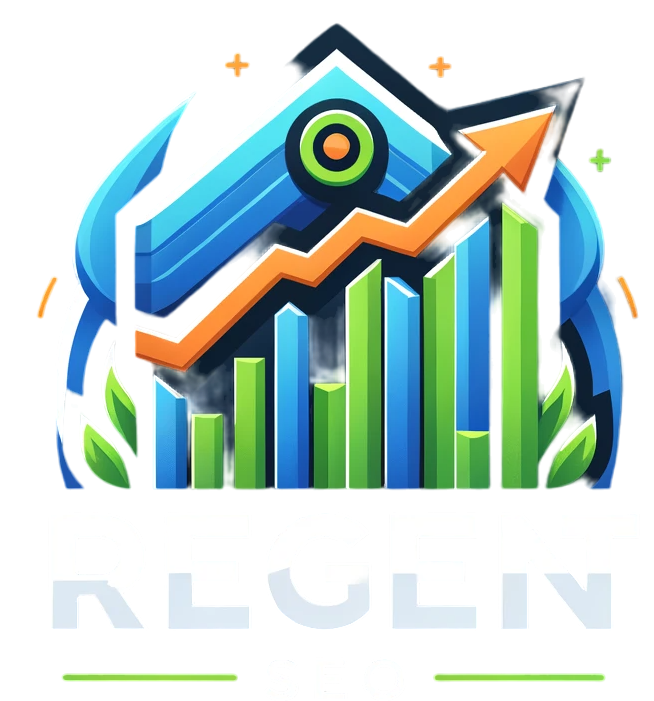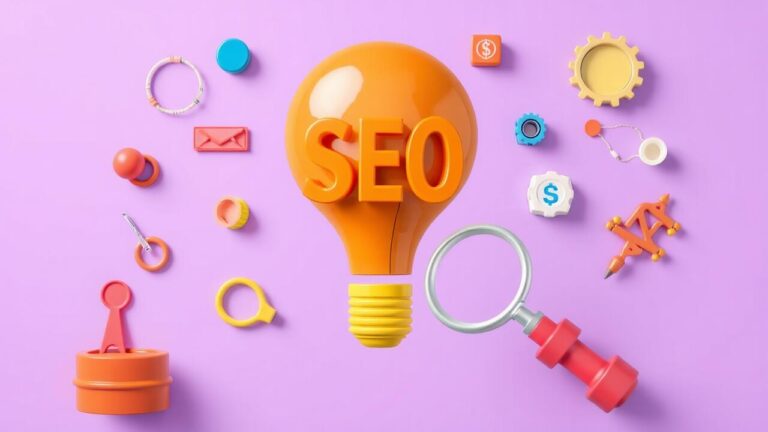Why Internal Linking is Important for SEO
Strengthens Content Relevancy
Internal linking is a crucial aspect of any SEO strategy as it strengthens content relevancy. By linking related pages or articles within your website, you signal to search engines the connectedness of your content. This helps search engine crawlers understand the context and relevance of your pages, ultimately boosting your website’s visibility in search results.
Moreover, internal linking establishes a web of connections within your site, creating a seamless pathway for users to navigate through your content. When users can easily find related information through internal links, they are more likely to stay longer on your site, engage with more of your content, and view you as a valuable source of information in your niche. By improving content relevancy through strategic internal linking, you not only enhance the user experience but also strengthen your website’s overall SEO performance.
Establishes Semantic Relationships
Internal linking plays a crucial role in establishing semantic relationships within a website. By strategically linking related content together, you are providing search engines with valuable signals about the context and relevance of your pages. This helps search engine crawlers better understand the overall theme of your website and how different pieces of content are interconnected. As a result, your website is more likely to rank higher in search results for relevant keywords.
Moreover, establishing semantic relationships through internal linking also benefits user experience. When users come across links to related content within your website, they are more likely to explore further and spend more time engaging with your site. This can lead to a lower bounce rate and increased user retention, signaling to search engines that your website offers valuable and relevant information. In turn, this positive user behavior can further boost your website’s SEO performance.
Improves Conversion Rates
Internal linking plays a crucial role in improving conversion rates on a website. By strategically placing internal links throughout the content, website owners can effectively guide users to important conversion points. These links serve as navigational tools that direct visitors to specific landing pages or product pages, ultimately increasing the likelihood of conversion.
Moreover, internal linking helps to create a seamless user experience by providing easy access to relevant information. When users can effortlessly navigate through a site and find the information they need, they are more likely to engage with the content and take the desired action, whether it’s making a purchase, signing up for a newsletter, or filling out a contact form. This enhanced user experience can lead to improved conversion rates and ultimately contribute to the overall success of a website.
Guides Users to Conversion Points
Internal linking plays a crucial role in guiding users to conversion points on a website. By strategically placing internal links within the content, you can direct visitors to specific pages where they can take desired actions, such as making a purchase, signing up for a newsletter, or filling out a contact form. This navigation aid streamlines the user experience and facilitates a seamless journey towards conversion.
Moreover, internal linking helps in highlighting important information or products/services that can influence user decisions. By including links within the content that lead to landing pages or product pages, you are essentially signposting users to valuable resources that can persuade them to convert. This approach not only increases the visibility of conversion points but also encourages users to explore further and engage with the content on a deeper level.
Optimizes Anchor Text
Optimizing anchor text within internal links is a crucial aspect of SEO strategies. By carefully selecting descriptive and relevant anchor text for your internal links, you can significantly boost your website’s keyword relevance. This practice not only helps search engines better understand the content of your pages but also enhances the overall user experience by providing clear cues on the linked content’s topic. When anchor text is optimized with relevant keywords, it can effectively signal to search engines the primary focus of your content and improve your chances of ranking higher in search results.
In addition to keyword relevance, optimized anchor text also contributes to establishing a logical content hierarchy within your website. By using specific keywords in anchor text that align with the content of the linked page, you reinforce the topical relevance of your pages and help search engine crawlers understand the relationships between different parts of your website. This structured approach not only aids in better crawling and indexing of your site but also enhances the overall user navigation experience, guiding visitors to relevant content seamlessly. By strategically optimizing anchor text, you can take advantage of increased keyword relevance and improved content hierarchy for a more effective SEO strategy.
Increases Keyword Relevance
Internal linking plays a crucial role in increasing keyword relevance on a website. By strategically linking related pages using targeted keywords as anchor text, you can signal to search engines the importance of those keywords within your content. This helps search engine crawlers understand the context and relevance of your pages, ultimately improving your website’s search engine ranking for those specific keywords.
Moreover, incorporating internal links with relevant keywords can also enhance user experience by guiding them to more valuable and related content within your website. When users can seamlessly navigate between pages that are interconnected through internal links, they are more likely to engage further with the content. As a result, this not only helps in boosting keyword relevance but also influences user engagement and dwell time on your website, which are essential factors for improving SEO performance.
Supports Content Pyramid Structure
Internal linking plays a crucial role in supporting the content pyramid structure of a website. By strategically linking pages together, you can establish a clear hierarchy within your content, guiding both users and search engines to understand the relative importance of each piece of information. This structure helps search engines to better index your website, ensuring that the most relevant and valuable pages are prioritized in search results, ultimately boosting your SEO efforts.
Additionally, a well-organized content pyramid structure can enhance the user experience by providing a logical flow of information. When users can easily navigate between related topics through internal links, they are more likely to stay engaged with your website and explore further. This increased engagement can lead to higher time spent on your site, lower bounce rates, and ultimately improve your overall website performance in the eyes of search engines. By utilizing internal linking to support your content pyramid structure, you can create a more cohesive and valuable online experience for both users and search engines alike.
Signals Content Hierarchy
Establishing a clear content hierarchy through internal linking is crucial for enhancing the overall structure of a website. By strategically linking lower-level pages to higher-level ones, you are essentially signaling to search engines the importance and relevance of each page. This not only helps search engines better understand the context of your content but also improves the overall user experience by providing a logical flow of information.
Furthermore, incorporating internal links in a hierarchical manner can also influence the way users navigate through your website. By guiding them from broader topics to more specific ones, you are effectively leading them through a journey that mirrors the natural progression of information. This not only keeps visitors engaged but also encourages them to explore further, ultimately increasing the likelihood of conversions and achieving your website’s goals.
FAQS
What is internal linking in SEO?
Internal linking in SEO refers to the practice of linking one page of a website to another page within the same website. These links help users navigate a website and also play a crucial role in how search engines crawl and index web pages.
How does internal linking strengthen content relevancy?
By linking related pages within a website, internal linking helps search engines understand the context and relevance of the content on each page. This can improve the overall SEO performance of the website by showing search engines that the content is connected and comprehensive.
Why is it important to establish semantic relationships through internal linking?
Establishing semantic relationships through internal linking helps search engines understand the meaning and context of the content on a website. This can improve the website’s visibility in search results for relevant keywords and topics.
How can internal linking improve conversion rates?
Internal linking can guide users to conversion points within a website, such as product pages or contact forms. By strategically linking to these conversion points, internal linking can help increase the likelihood of users taking desired actions on the website.
What role does anchor text play in optimizing internal linking for SEO?
Anchor text is the clickable text in a hyperlink, and it plays a crucial role in optimizing internal linking for SEO. By using descriptive and relevant anchor text, website owners can increase keyword relevance and help search engines understand the topic of the linked page.







